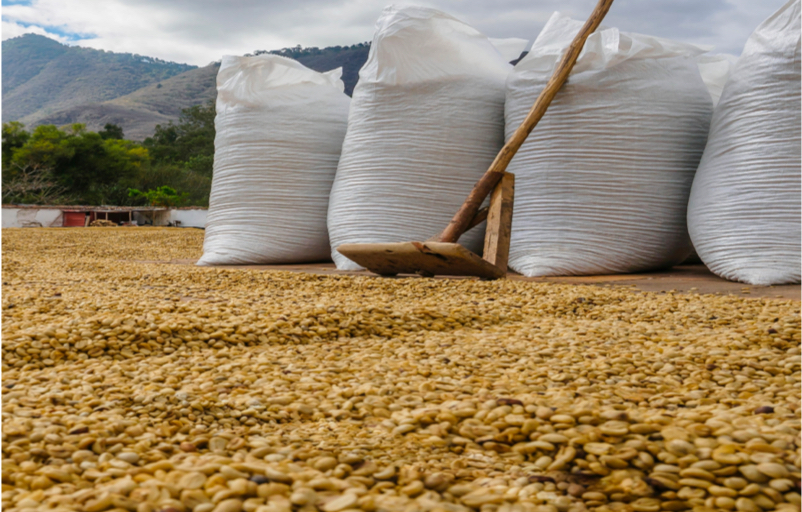Lasting structural disruptive factors: towards greater and more frequent volatility!
There are countless articles reporting on the rise in the price of energy or raw materials ("oil at its highest level in 3 years", "gas prices soar", "silicon: +300% in 2 months", "magnesium shortage"...). This situation is putting pressure on salaries and we are already seeing the emergence of strike movements based on salary demands (the "Striketober" movement in the United States), bringing back fears of inflation.
We interviewed specialists, including commodity traders, to understand whether this situation was mainly cyclical or structural.
What we learned is that while so-called "normal" cycles may experience temporary tensions, notably due to China, certain structural factors are becoming fundamentally important and will have a very lasting impact on prices:
- First and foremost, of course, is climate change. The best example is probably the "polar vortex" which has strongly disrupted crops in Brazil this year and generated strong price increases in coffee. Unfortunately, we can predict that climate change will only get worse.
- Regulations, especially those to combat climate change, also play a role. For example, ethanol regulations have reduced corn production for food by a third, adding to the pressure on this market.
- Finally, these tensions lead to greater fluctuations in the markets and attract speculators (in a context where “quantitative easing” has reduced the profitability of government bonds). And speculation accelerates fluctuations, both up and down.
The conclusion: these structural factors will last, further reinforcing market volatility. The consequence: find ways to adapt to this new situation in the consumer goods sector, which was relatively stable.
Consumers anticipate a price increase but struggle to justify it: they may therefore have an attitude of distrust.
In order to better understand consumers' expectations, we conducted a survey (France). It shows that:
- 70% of consumers have heard about these price increases and they all think that they will be reflected in consumer goods.
- On the other hand, two-thirds believe that these increases will not be justified, feeding the distrust they may already have towards brands.
- On average, they think the increase will be 7.5%.
3 ways to remain competitive: are you ready?
If we exclude here the trends linked to national or international regulations, three angles seem interesting to us to explore for brands:
- Price: in this particular context, it will become essential to precisely control the price elasticity of each product range.
- Portfolio mix and optimization: price is relative to perceived benefit, and it is important to reinforce the category drivers (taste, texture, efficiency, formats, etc.) and to rationalize the portfolio (savings on listing, logistics, production, etc.). Our studies on assortment management show that in most cases, assortment reductions (up to 20%) are beneficial to brand sales.
- Optimization of recipe/formula costs: Finally, we can also play on the composition of the products themselves, an initiative that can be combined with "clean label" projects.
PRS IN VIVO teams will continue to observe these developments and remain at your side to consolidate your competitiveness.
For more information about pricing strategy and other behavioral insights innovations from PRS IN VIVO Group, contact us.






